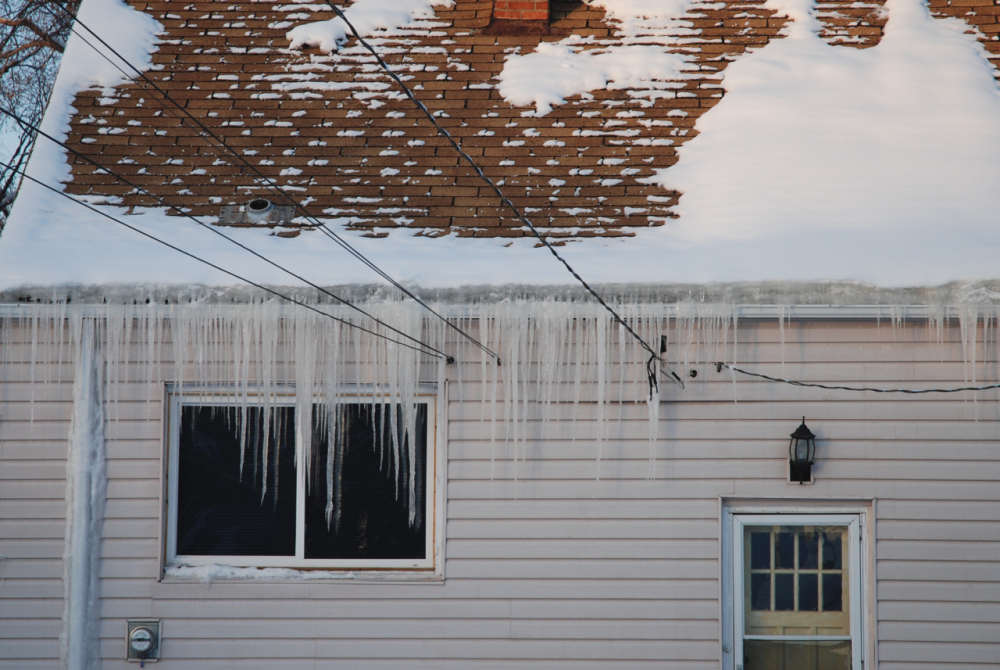This month marks a somber first anniversary for Canada. On March 16, 2020, Prime Minister Justin Trudeau announced the decision to close our borders. If you need to come home, said Trudeau, do it now. Stay safe, we were told, stay healthy. Stay home.
Home. Shelter in place. These are loaded words in a pandemic. They hold a different meaning for each of us, especially when many in our country struggle with the basic human rights of access to food, health, psychological well-being and housing — even in a country as wealthy as ours.
Improving quality of life and reducing energy costs is front of mind for so many, and with it we can reduce harmful emissions, improve health, and kickstart job creation. We’re calling on the federal government to make a major investment in improving Canada’s housing supply: bring 25 per cent of our country’s buildings to net-zero emissions by 2030 with deep retrofits, and have a plan in place for remaining stock to meet a 100 per cent net-zero target before 2050.
Buildings contribute to carbon pollution
Even before the pandemic, the building sector was the third biggest contributor to carbon pollution in Canada. Heating is a major contributor to Canada’s greenhouse gas (GHG) emissions: over half of the energy used for space heating and air-cooling energy comes from burning fossil fuels. Replacing old furnaces with efficient heat pumps can both capture heat and provide cooling. Replacing windows, adding insulation, and bringing in more fresh air will also make residents safer and more comfortable as we face increasingly frequent heat waves and polar vortexes.
A 2019 Abacus poll reports that three quarters of Canadians support, or at least can accept, that the government must "require all existing buildings and homes to switch their fuel source for heating off oil, gas, or propane by 2040."
Providing grants for some up-front costs of these retrofits is a good start. As carbon and health benefits increase, so should the grants, and these retrofits should be fully covered for low-income households. Canada learned a stark and horrifying lesson through COVID-19 that the very lives of some of our most vulnerable are intrinsically tied to the design and health of their residences.
Heating costs have risen right alongside housing costs for many Canadians, and will likely continue to rise as the world moves away from fossil fuels. With people at home 24/7, we’re using more energy than ever. In fact, about 20 per cent of Canadian households experience ‘energy poverty’ due to the high cost of heat and light for their homes.
Significant job benefits
This is an investment that we can’t afford to miss out on. Canada’s unemployment rate continues to hover around 10 per cent. The Pembina Institute estimates that investments of about $13 billion a year between now and 2030 are needed for the residential sector to meet climate targets. Federal and provincial subsidies of $3.5 billion to $7 billion a year toward that total will be necessary to ramp up demand - significantly more than the $2.6 billion over 7 years committed to in 2020. These investments would create benefits from coast to coast to coast, creating over 125,000 jobs in technology, skilled trades, construction and manufacturing. Let’s remember that most construction industry products are manufactured locally, and are installed and maintained by people in Canada. Every penny in funding would be going right back into the Canadian economy. Win-win.
All in all, we estimate these investments could increase our GDP by $265 million, and reduce building-sector carbon emissions by 34 per cent without increasing demand for clean electricity. The gains in energy efficiency that this effort will provide will be especially important as municipalities and provinces seek assurance that clean electricity resources will be sufficient to also replace fossil fuel use in transportation and industry.
Yes, it’s ambitious. And yes, it’s achievable. By linking with National Housing Strategy initiatives already underway to modernize existing housing stock and develop innovations in housing production, our federal government already has a framework to build on.
As vaccine rollout ramps up and we’re learning how to find opportunity in recovery, our country has a once-in-a-generation chance to revive our economy, thoughtfully leverage our natural resources, make our homes healthier and safer, decrease energy costs, all while meeting our national emission reduction targets.
And there’s already broad consensus for action on this: The five major federal parties all proposed government financial support for building retrofits in their last electoral platforms. So let’s do this. Let’s get building a safe, profitable, retrofit economy for everyone in Canada.
Tom-Pierre Frappé Sénéclauze is director of buildings and urban solutions at the Pembina Institute.
Dr. Anjali Helferty is interim executive director of the Canadian Association of Physicians for the Environment.
Jay Nordenstrom is executive director of NAIMA Canada.






